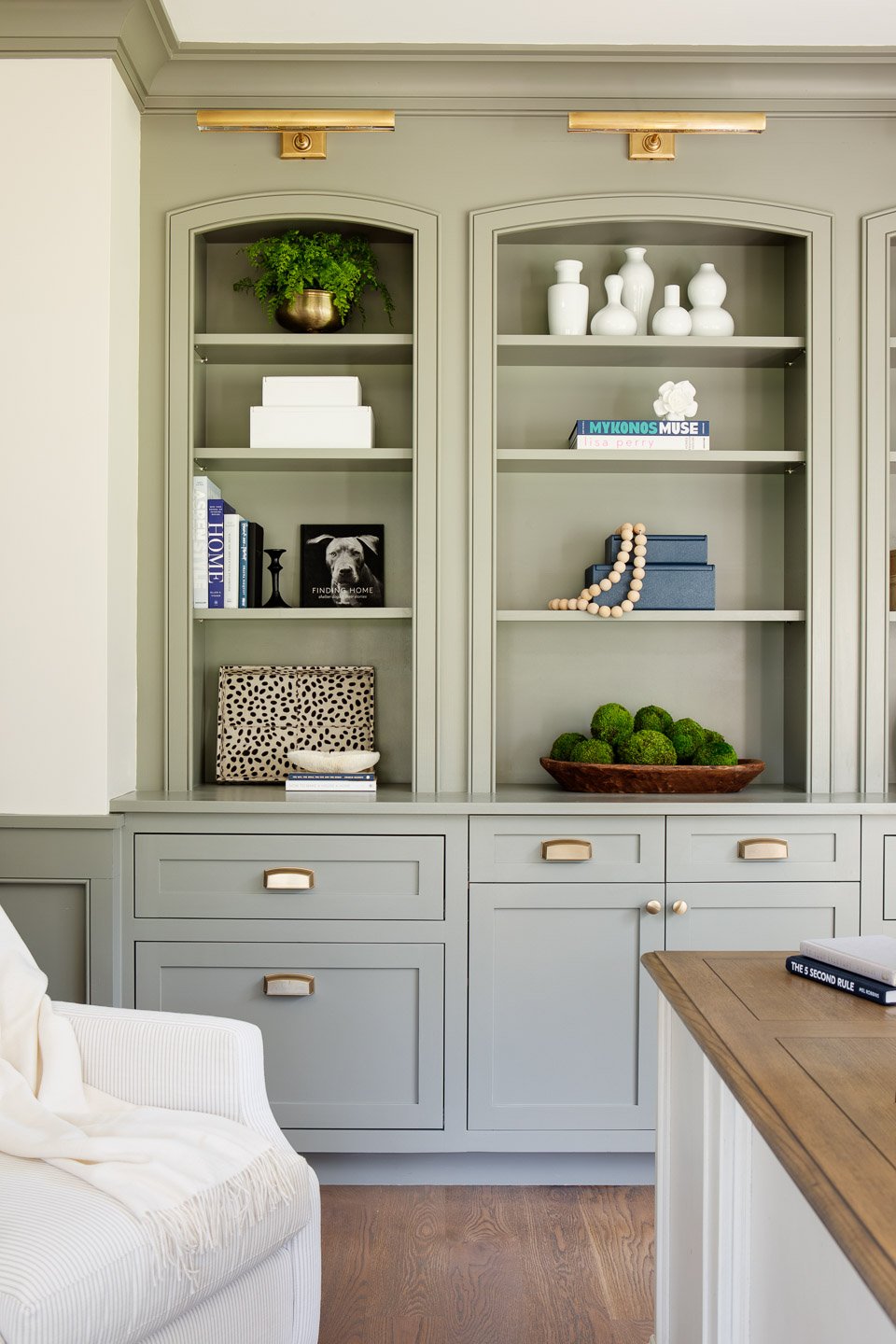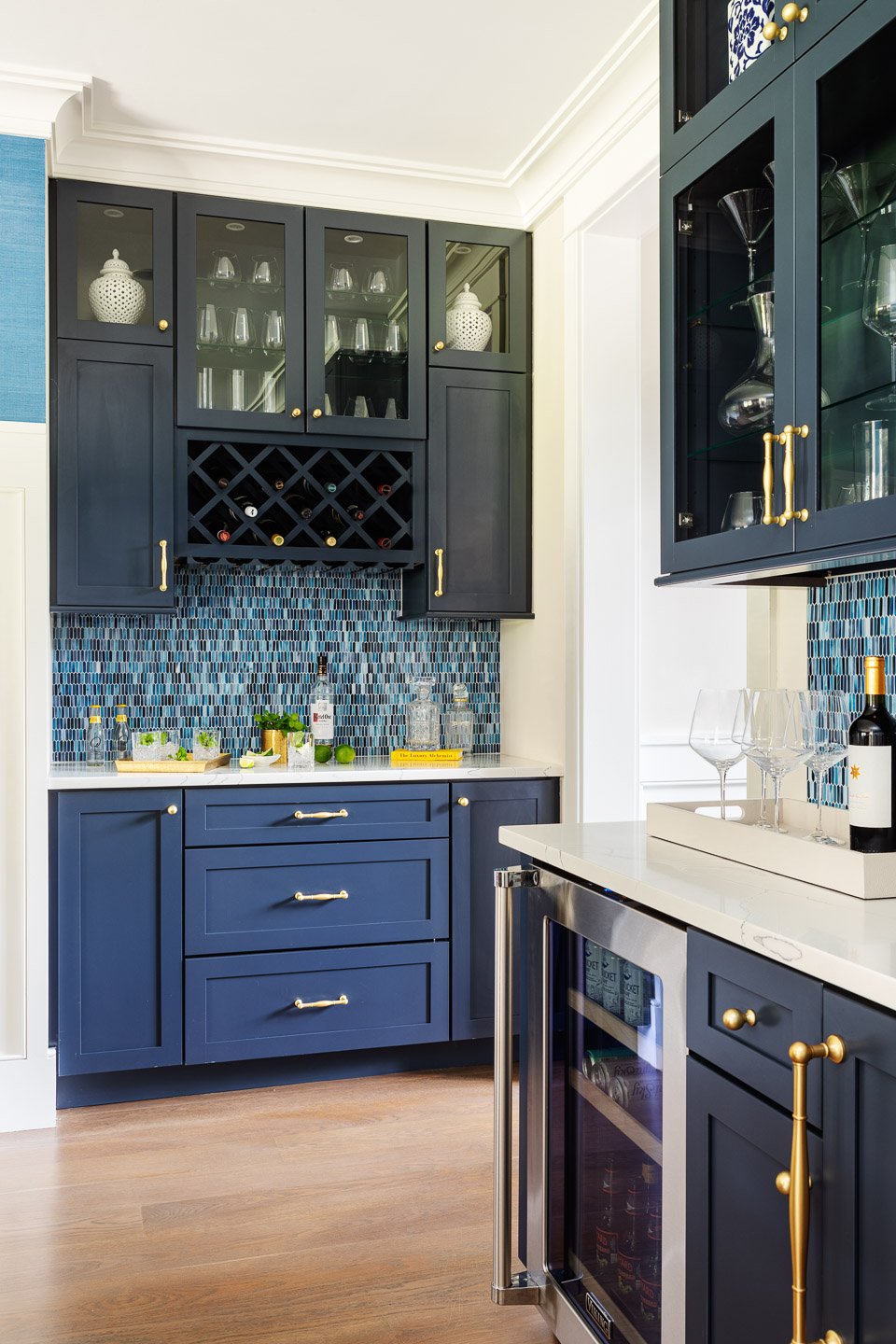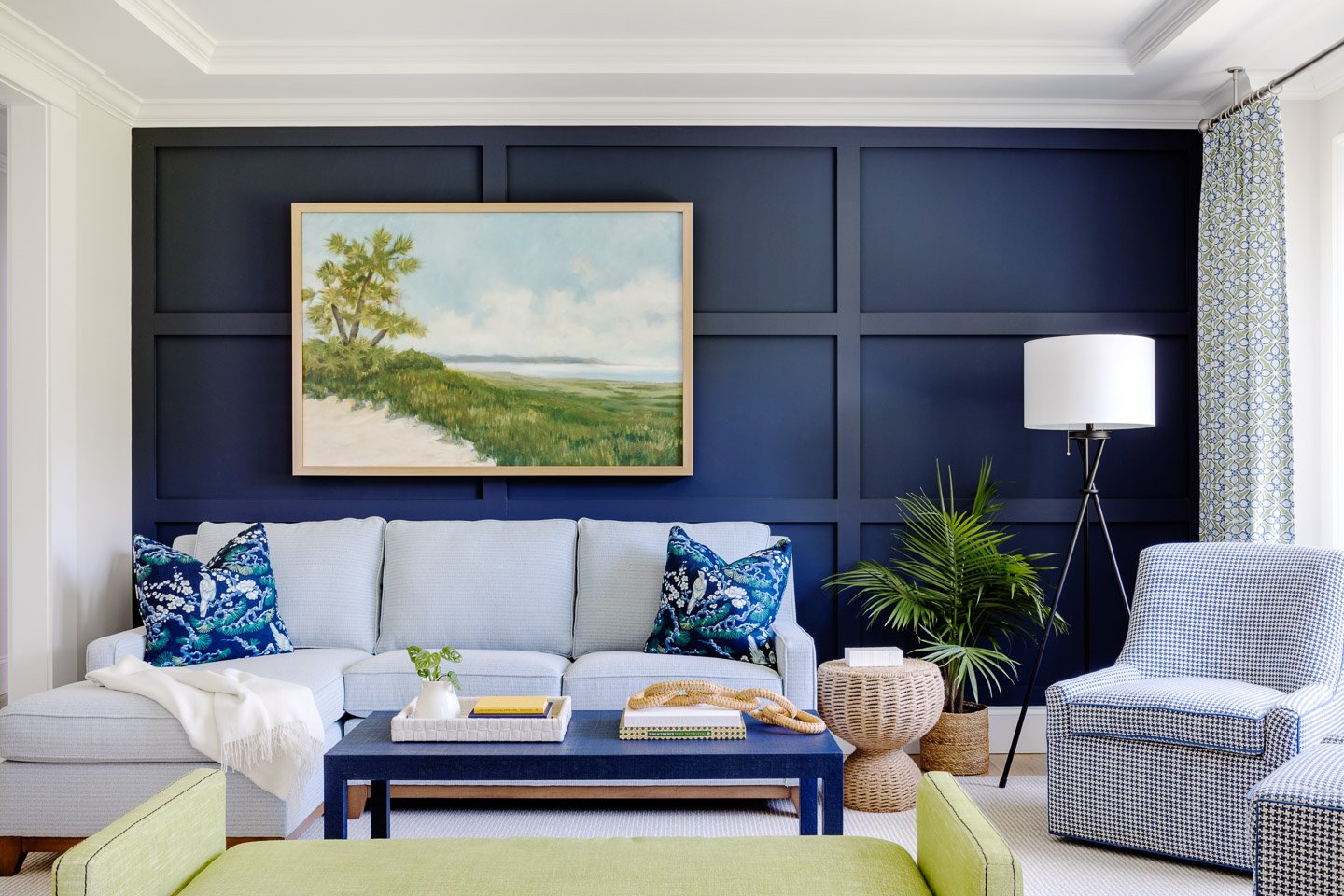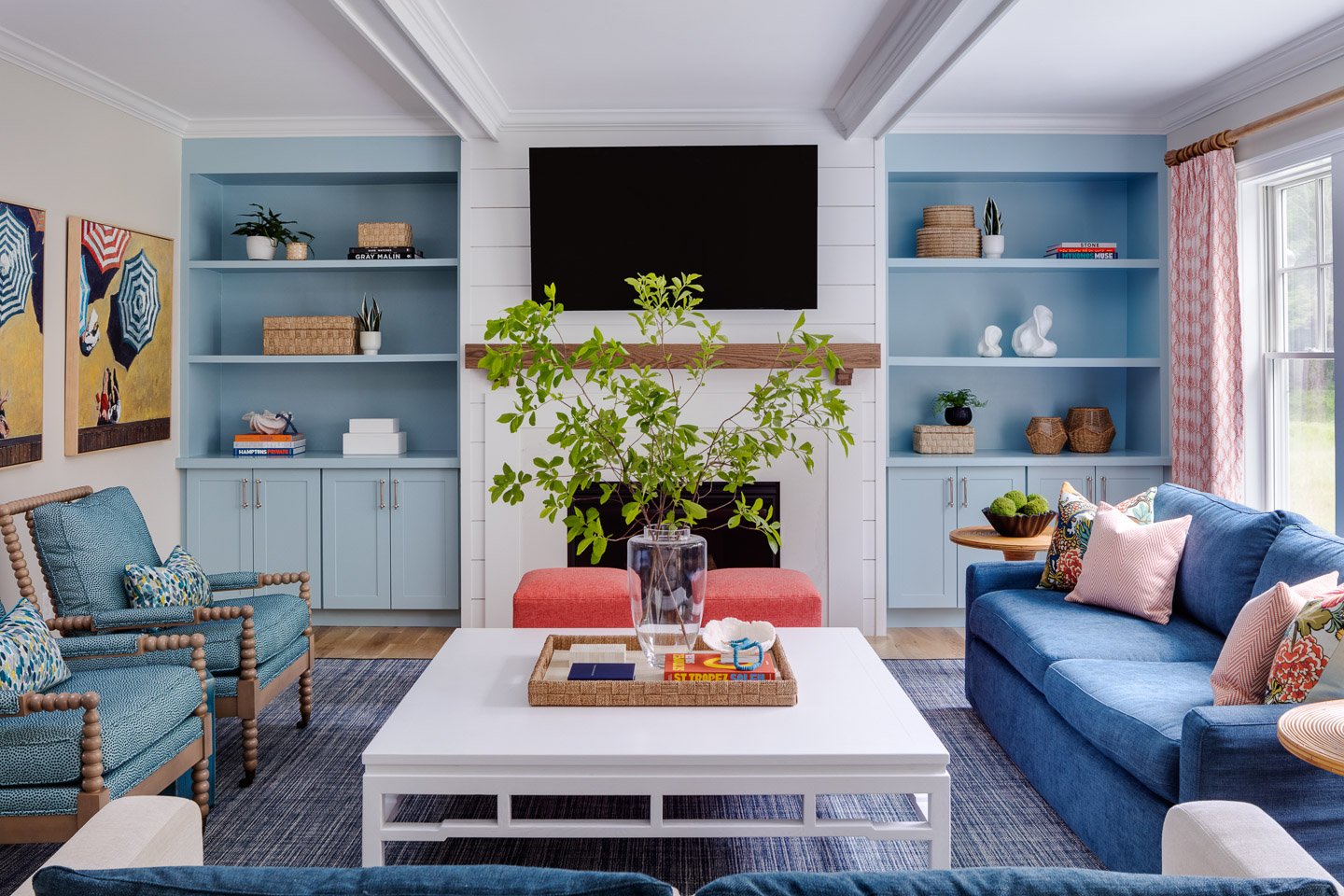3 Steps for Creating a Cohesive Home
Having a home that exudes polish and sophistication while feeling purposeful and thoughtful is a common desire from our clients when they come to us. For any project, our team’s approach focuses first and foremost on creating homes that are intentionally designed and cohesive throughout. But cohesion doesn't mean everything has to match perfectly; it means that there's a sense of unity and flow throughout your home. Ultimately, the goal is to create a space that feels comfortable and reflects your personal style, while maintaining a sense of harmony.
Doing so starts with viewing the home as a whole. Each space should relate to one another through a few common threads while staying true to an overall direction. We liken a home’s interior to individual family members, where each person [room] retains their individuality while unmistakably sharing a few commonalities through their appearance or personality.
Below are three steps we always take when designing for all of our clients to achieve that effortlessly consistent look.
identify goals, desires and pain points
Defining how you want to live in your home everyday is an absolute must when creating a home that’s cohesive and intentional. When we begin a new project, we always start by getting to know our clients on a profound level through our signature deep dive process. Taking the time to delve into their goals, must-haves, style preferences, and overarching desires for their home sets a solid foundation for crafting a home that’s both beautiful and intentional. By identifying any pain points, we can create thoughtful solutions that enhance their everyday life, and carry this mindset throughout each space.
Two separate rooms in our Cedar Hill Project offer thoughtful storage solutions though these custom built-ins, while staying true to our clients’ clean and modern design aesthetic.
Hone in on a general design style & develop the home’s story
When we develop concepts for each room during the schematic design phase, it's important to ensure they all align stylistically, and tell the same story. This can be done through many ways, such as form, color palette, design aesthetic, or just the overall vibe of the space. Consistency is the key factor here.
For example, while each room could have its own color palette, there should be a connecting thread somewhere, such as a splash of blue in each room, or a personality amongst the palette (like earth tones or pastels). Same thing goes for the aesthetic - if one room is mid-century modern and the next is New England coastal, usually there will be a disconnect and lack of cohesion.
A bold, primarily cool color palette, coastal artwork, and casual furnishings are a few of the common denominators in these two separate living rooms at our Spartina Cove Project.
You may find that you have a mix of styles, and that’s ok. Find the shared elements that tie it all together. Perhaps each room incorporates a few antique pieces, or a natural fiber rug, or even the same wall color. A curated room can create a beautiful story, but be sure to edit it down to really nail the cohesive spirit.
Be thoughtful when selecting each and every detail
When you’re intentional with each decision in a space, it naturally creates cohesion. Deliberate choices can have a big impact on the way materials interact, colors balance and spaces flow. We consider every little detail, from the intricacies of millwork on the ceiling to the subtle trim on a pillow, to elevate the room.
Replicating motifs throughout the home is a sure way to create continuity and cohesion. Here’s an example: in one of our current projects in progress, we use a fluted marble tile in the wine room, and replicate that same fluted detail on the walnut bar front in the dining room. These additions of smaller, but deliberate details are often what takes a home from cookie-cutter to one-of-a-kind showstopper.
Customization offers the opportunity to find the perfect missing piece to tie the design together, too. Custom designed pieces are a given when working with a design firm, but if you’re not working with a designer, it’s still possible to incorporate unique, special pieces. Consider purchasing professionally fabricated window treatments, original artwork, or hand crafted furniture from local artisans.
We partnered with Jutras Woodworking to design this custom dining table in our Ocean Meadow project to emulate the teak & holly look found on ships. This small detail added a special touch as a nod to the home’s coastal location.
One thing to note here is that when we design a home, we’re crafting the design as a whole, and all at once, which allows us to be intentional with common threads - creating that cohesion. This often isn’t the case for those taking on a project by themselves. While it can be achieved in some instances, especially if you lean toward a more collected look, we generally advise a well thought out plan before you start vs. a piecemeal approach for a truly cohesive home.
In Conclusion
From aesthetics to functionality, your home should be a direct reflection of who you are and how you live. Designing a complete home that seamlessly flows, feels cohesive from room to room, and feels unmistakably personal is at the forefront of our guiding design principles. If that’s what your home is missing, reach out to us here. We’d love to learn more about your project.





